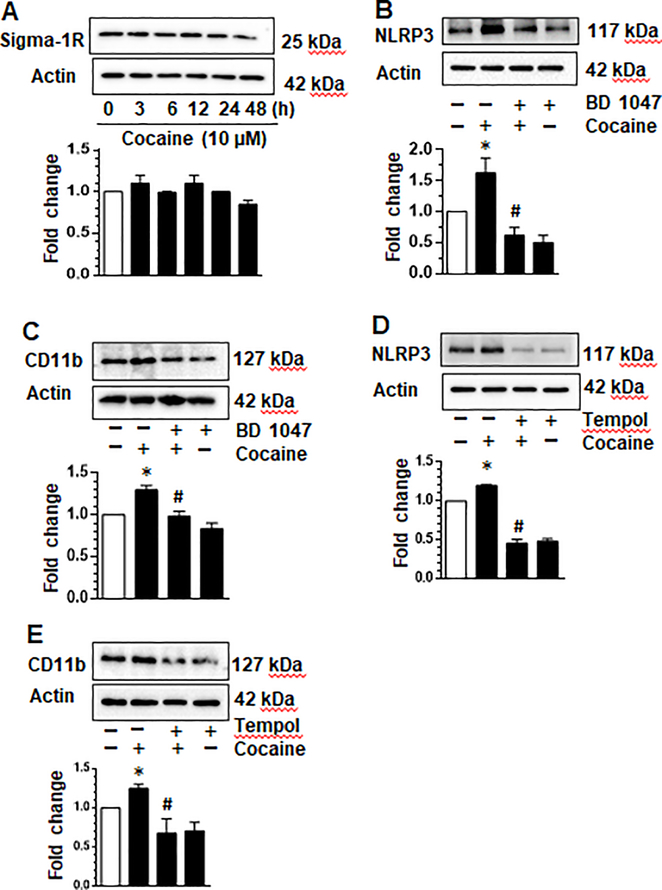Fig. 5. Cocaine-induced ROS and the sigma receptor are involved in the upregulation of NLRP3 and cellular activation in microglia.
Mouse primary microglia (mPMs) exposed to cocaine express the sigma-1 receptor (a). mPMs were pretreated with BD1047 (10 μM) for 1 h followed by exposure to cocaine for 24 h. Exposure of cells to cocaine resulted in increased expression of NLRP3. Pre-treatment of cells with BD1047 attenuated cocaine-mediated upregulation of NLRP3 expression (b). Similarly, BD1047 attenuated cocaine-mediated upregulation of CD11b (c). mPMs were pretreated with tempol (50 μM) for 1 h followed by exposure to cocaine for 24 h. Exposure of cells to cocaine resulted in increased expression of NLRP3. Pre-treatment of cells with tempol attenuated cocaine-mediated upregulation of NLRP3 expression (d). Similarly, tempol attenuated cocaine-mediated upregulation of CD11b (e). All experiments were done at least three independent times, and representative figures are shown. Actin served as a loading control and quantification of western blots are shown under each blot. Data are shown as mean±SEM and *p< 0.05 vs control or # vs cocaine group.

